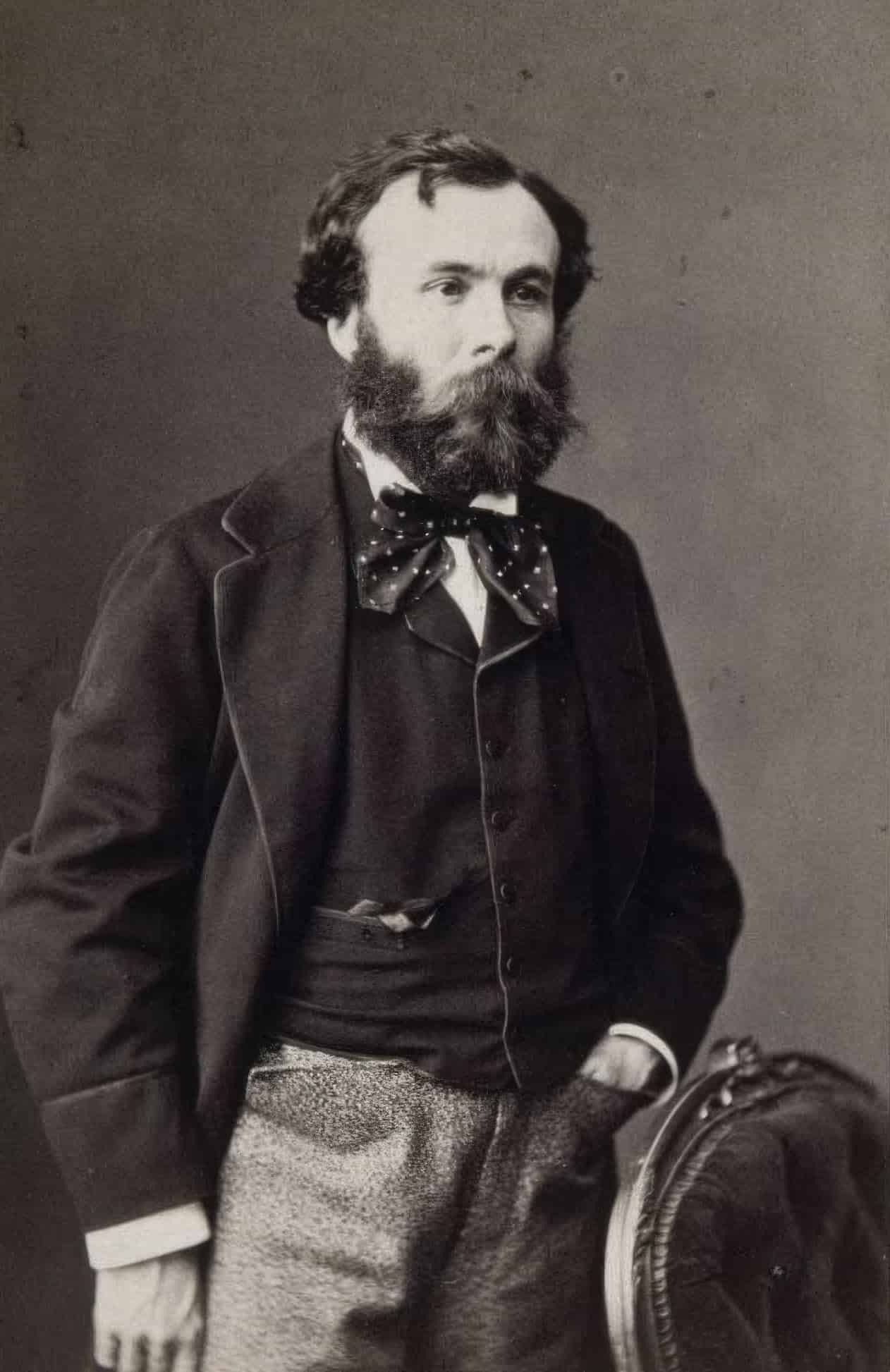

Gustave Moreau
FR
79
Artworks
1826 - 1898
Lifespan
Artist Biography
Gustave Moreau (6 April 1826 – 18 April 1898) was a pivotal French painter and a leading figure in the Symbolist movement, renowned for his mythological and biblical scenes imbued with mysticism and rich detail. Born in Paris to a cultured upper-middle-class family, his father, Louis Jean Marie Moreau, was an architect, and his mother, Adèle Pauline Desmoutier, a musician. Moreau displayed an early aptitude for drawing, an inclination his father encouraged alongside a robust classical education at Collège Rollin. A formative visit to Italy in 1841 with his mother further solidified his resolve to pursue an artistic career. He subsequently studied under the Neoclassical painter François-Édouard Picot and gained admission to the prestigious École des Beaux-Arts in 1846. However, after failing to win the coveted Grand Prix de Rome in 1848 and 1849, Moreau left the École prematurely, choosing instead to immerse himself in studying and copying masterworks at the Louvre.
Moreau's early artistic direction was significantly shaped by Romanticism, with Eugène Delacroix and Théodore Chassériau being profound influences. He developed a close mentorship with Chassériau, seven years his senior, and even rented a studio near him. Moreau began exhibiting at the Paris Salon in 1852, achieving modest success with state purchases of works like "Pietà" and "Song of Songs." The premature death of Chassériau in 1856 deeply affected Moreau, prompting him to leave Paris for an extended stay in Italy from 1857 to 1859. This period was crucial for his development; he diligently copied Renaissance masters such as Leonardo da Vinci, Michelangelo, and Vittore Carpaccio, amassing hundreds of studies. In Italy, he also befriended fellow artists, including a young Edgar Degas, with whom he shared a period of mutual learning. This journey provided him with a vast repertoire of motifs and techniques that would inform his work for decades.
Upon his return to Paris, Moreau's career gained significant momentum. His 1864 Salon submission, "Oedipus and the Sphinx," was a critical and popular success, earning him a medal and establishing his reputation as a unique voice in contemporary art. This painting, with its meticulous detail, classical subject matter, and enigmatic atmosphere, is considered one of his first major Symbolist works. Moreau became an important forerunner of Symbolism in the 1860s, and by the 1890s, he was among its most significant painters. His canvases, often depicting biblical and mythological narratives like "Salome Dancing before Herod" (1876) and "Jupiter and Semele," were characterized by their elaborate detail, rich ornamentation, exoticism, and a pervasive sense of mystery. He frequently explored the theme of the femme fatale, with his female figures becoming archetypes of Symbolist womanhood. Despite growing acclaim, Moreau grew increasingly reclusive, often hesitant to sell his work or exhibit widely.
In his later years, Moreau dedicated himself to his art with increasing intensity, producing a vast oeuvre of over 15,000 paintings, watercolors, and drawings. A significant undertaking was a series of watercolors illustrating Jean de La Fontaine's Fables. Though somewhat misanthropic and reclusive, he maintained a close circle of friends. His personal life was marked by a discreet, long-term relationship with Alexandrine Dureux, which lasted over three decades until her death in 1890. This loss, compounded by the death of his beloved mother in 1884, deepened his isolation. In 1891, following the death of his friend Élie Delaunay, Moreau reluctantly accepted a professorship at the École des Beaux-Arts. He proved to be an exceptional and influential teacher, nurturing the talents of future luminaries such as Henri Matisse, Georges Rouault, and Albert Marquet. He encouraged his students to develop their individual styles, to study the old masters, and to "think color," fostering an environment that would later contribute to the rise of Fauvism.
Gustave Moreau died of cancer in 1898. In a remarkable act of foresight and dedication to his artistic vision, he bequeathed his Parisian townhouse at 14 Rue de La Rochefoucauld, along with its entire contents—nearly 1200 paintings and watercolors, and over 10,000 drawings—to the French state to be converted into a museum. The Musée National Gustave Moreau opened to the public in 1903 and remains the most significant repository of his work. While his art fell out of favor in the early 20th century with the rise of Modernist movements, Moreau's influence endured. He was a foundational figure for Symbolism, and his emphasis on imagination and the inner world deeply resonated with later artists, particularly the Surrealists, including André Breton and Salvador Dalí, who regarded him as a key precursor. His innovative teaching methods also left an indelible mark on the next generation of painters, ensuring his enduring legacy in the history of art.